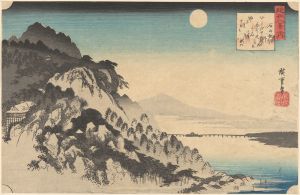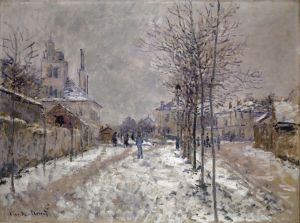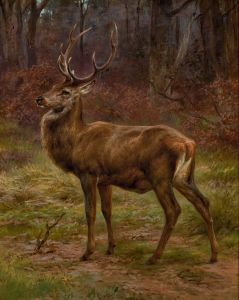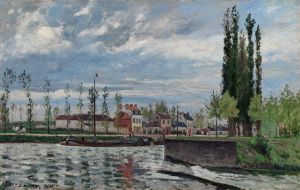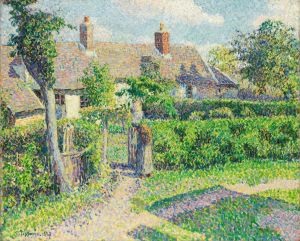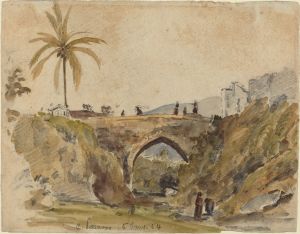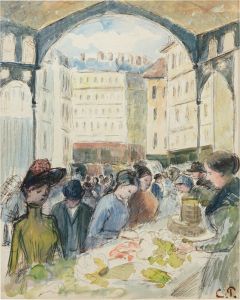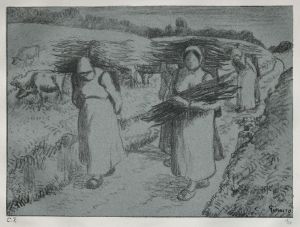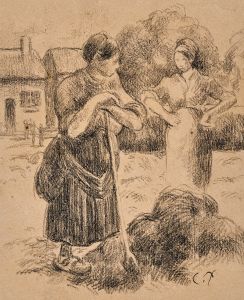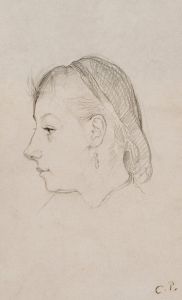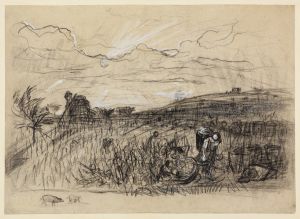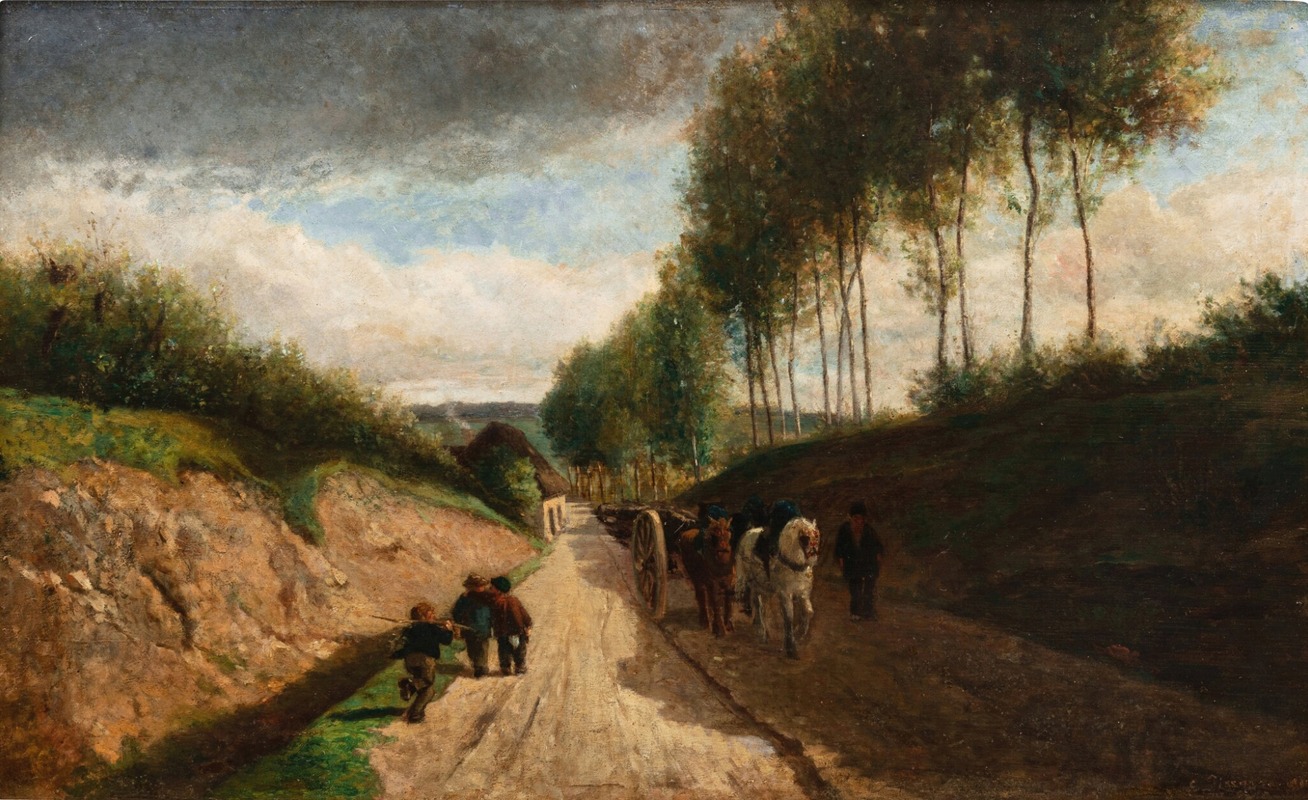
Chemin creux, environs de Chailly
A hand-painted replica of Camille Pissarro’s masterpiece Chemin creux, environs de Chailly, meticulously crafted by professional artists to capture the true essence of the original. Each piece is created with museum-quality canvas and rare mineral pigments, carefully painted by experienced artists with delicate brushstrokes and rich, layered colors to perfectly recreate the texture of the original artwork. Unlike machine-printed reproductions, this hand-painted version brings the painting to life, infused with the artist’s emotions and skill in every stroke. Whether for personal collection or home decoration, it instantly elevates the artistic atmosphere of any space.
Chemin creux, environs de Chailly is a painting by the French artist Camille Pissarro, created in 1865. The work is an oil on canvas and is considered an early example of Pissarro's exploration of rural landscapes, a subject that would become central to his artistic career. The painting depicts a sunken path, or "chemin creux," in the countryside near Chailly-en-Bière, a village located in the Île-de-France region, close to the Forest of Fontainebleau. This area was a popular destination for artists of the Barbizon School, who sought inspiration in nature and rural life.
The composition of the painting is characterized by its naturalistic depiction of the landscape, with a focus on the interplay of light and shadow. Pissarro employs a muted color palette, dominated by earthy tones of green and brown, to convey the quiet and serene atmosphere of the rural setting. The brushwork is detailed and precise, reflecting the influence of the Barbizon painters, such as Jean-Baptiste-Camille Corot and Charles-François Daubigny, on Pissarro's early style.
At the time this painting was created, Pissarro was still developing his artistic identity. He had not yet fully embraced the Impressionist techniques for which he would later become renowned. Instead, "Chemin creux, environs de Chailly" demonstrates his commitment to realism and his interest in capturing the everyday beauty of the natural world. The painting also reflects Pissarro's deep appreciation for the rural environment and his desire to depict it with authenticity and respect.
The painting is now part of the collection of the National Gallery in London, where it is appreciated as an important work from Pissarro's formative years. It provides valuable insight into the artist's early influences and his evolving approach to landscape painting. As one of the pioneers of Impressionism, Pissarro would go on to play a significant role in the development of modern art, but works like "Chemin creux, environs de Chailly" highlight the foundations of his artistic journey.
This painting remains a testament to Pissarro's skill in capturing the quiet beauty of rural France and serves as a bridge between the traditions of the Barbizon School and the innovations of Impressionism.





